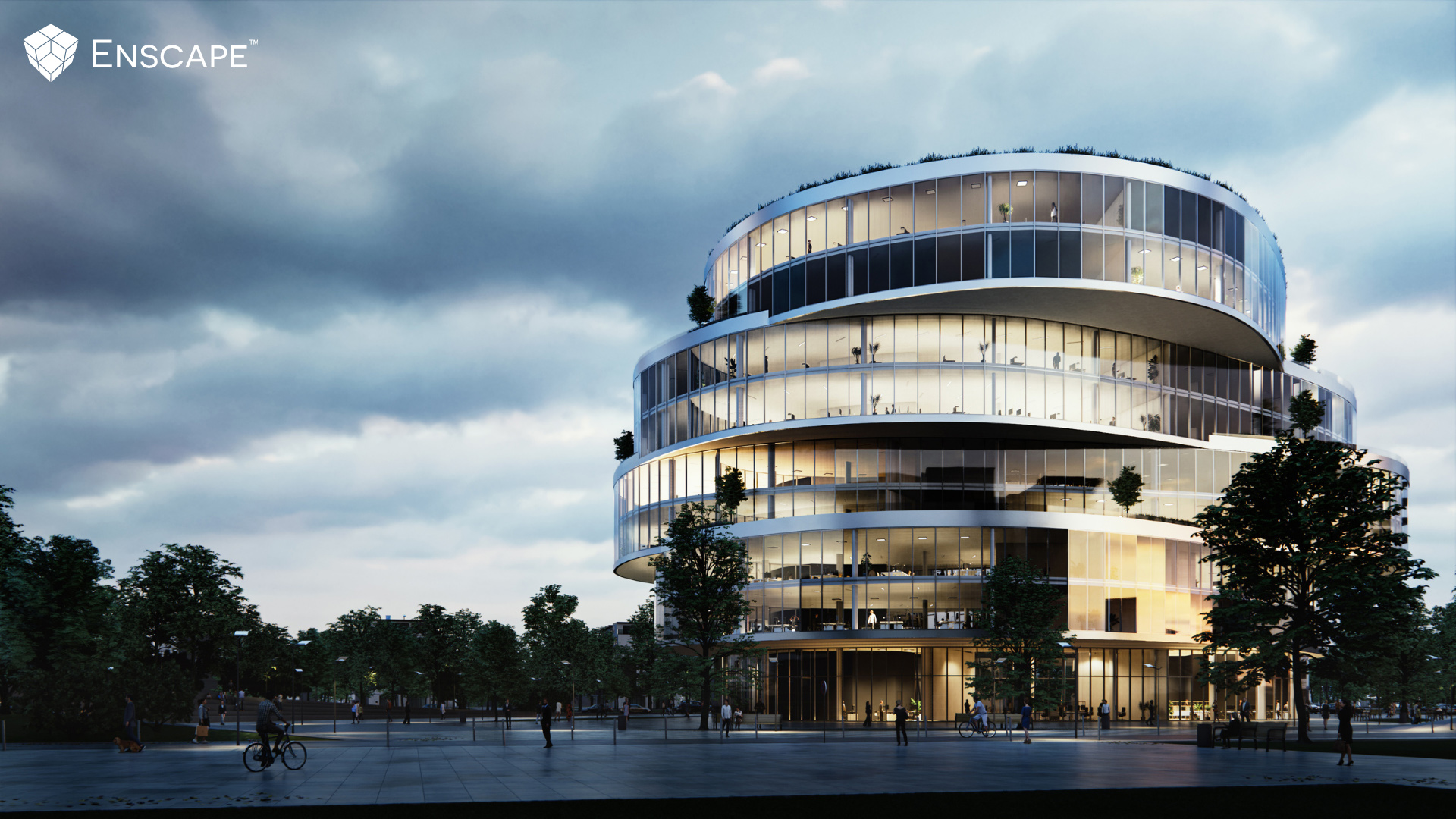
If you haven’t heard of an IES until now, it’s basically a file that provides more photorealistic lighting distribution in rendered images than the default light distribution in most rendering engines. While the default light distribution in Enscape is great, using IES profiles can give a real boost to the realism of your renders. The material looks much more realistic than placing a flat material, and it saves time from configuring all the parameters of the materials yourself. We would want to go to the Enscape Material Editor tab and then import each map into their sections. After that, we apply the flat diffuse texture. To do so, create a new material in your native modeling software and then load up the diffuse map first. Once you download them, you can easily apply these to your renders in Enscape. I usually download the diffuse map, roughness map, displacement map, and bump map.

Most of the time for Enscape, you won’t need to use all of them. So once you choose a material that you like, you will see a few maps that pop up for you to download, and each one of them has its own purpose. You can download PBR materials from many sources online (a few are mentioned in this free resources article), but the key is to know how to use them.

PBR stands for Physically Based Rendering, and it basically means that PBR materials are based in the real world, and they’re very realistic. If the new Enscape Material Library (available with Enscape 3.1 and above) doesn’t fulfill all your material needs, you can look to use other PBR materials from external resources. Having a good material configuration throughout the scene is crucial to achieving realistic rendering results. Melos provided us with 4 Mistakes to Avoid When Getting Started With Enscape in his last post, and now he is sharing some tips on how to create realistic renderings.Ĭreating great-looking renders is possible in an instant with Enscape’s advanced real-time rendering engine, but if you want to take the realism of your renders one step further, take a look at these handy rendering tips from Melos. We are delighted to welcome back Enscape user Melos Azemi to the blog with more great tips to help improve your visualizations.


 0 kommentar(er)
0 kommentar(er)
